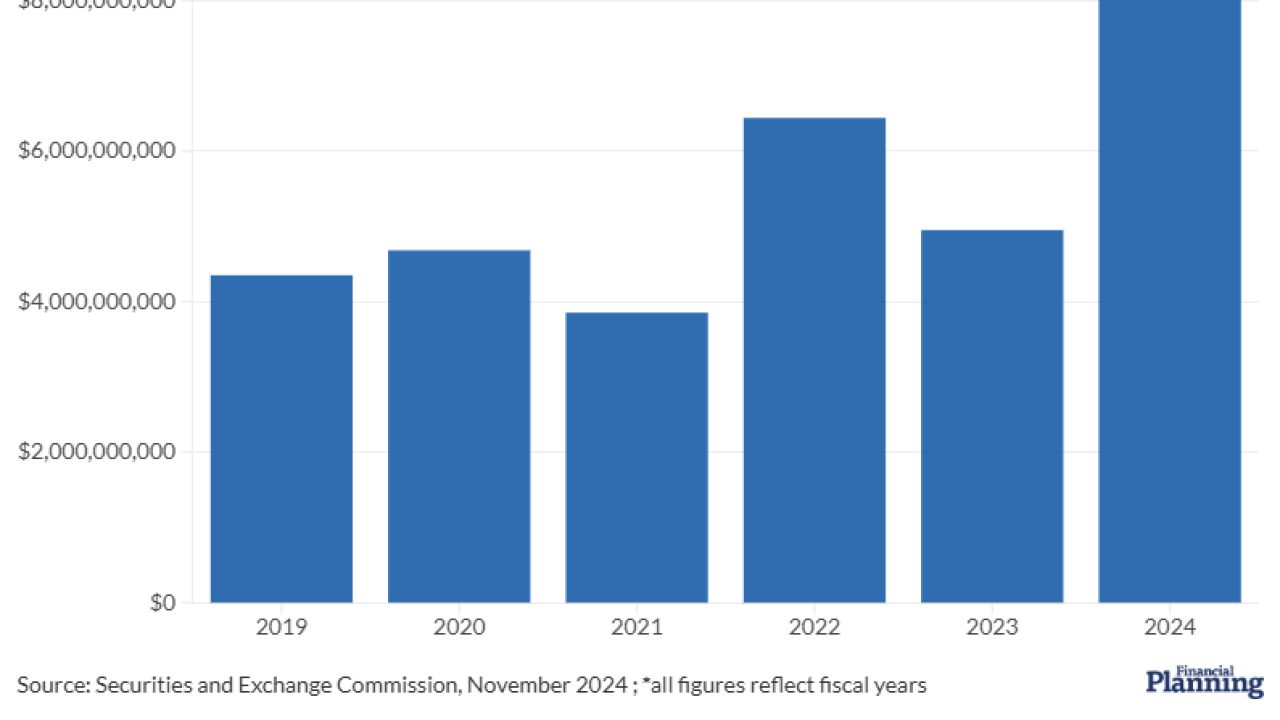The prime suspects in last month’s global rout may be at it again.
Inverse ETFs— which use leverage to bet against stocks and volatility indexes — have seen trading activity skyrocket to ominous levels as markets have whipsawed in the past few days. In fact, turnover has only been higher two other times since the financial crisis: in 2016 during a correction and in February when a surging CBOE Volatility Index forced short funds to unwind.
The difference this time is that inverse leveraged technology ETFs are at the center of the action, rather than volatility products.

There’s nothing necessarily odd about a pick-up in volume during periods of market stress. Volatility begets ETF trading as investors hedge macro events using broad exposure.
What’s unusual here is inverse technology funds saw a more extreme jump in volume than those typically associated with turbulent markets. Indeed, the SPDR S&P 500 ETF (SPY) and the iPath S&P 500 VIX Short-Term Futures ETF (VXX) had muted increases in value traded compared to inverse tech funds.
-
The scrutiny puts a spotlight on a small corner of the $3.4 trillion ETF industry.
February 23 -
Concerns came into focus when a $1.9 billion exchange traded note lost 90% of its value in a single day.
February 15 -
The firm says it has moved away from the products after an implosion of a vast array of arcane bets against stock market volatility.
February 12
“One theory for SPY and VXX’s lack of heightened volume might be that the very big fish aren’t worried or are already hedged, and that the sort of mid-sized institutional crowd is playing this,” Eric Balchunas, a senior ETF analyst at Bloomberg Intelligence, said. “It’s the quick buck trading group.”
On average — over the four days through Tuesday — one inverse ETP share was traded for about every 50 shares traded on the U.S. tape. Since 2013, the average volume over four days is half that, data compiled by Bloomberg show.
Both long and short investments focused on volatility were mostly crushed lately.
Among technology funds, a $467 million ProShares ETF that shorts a three-times leveraged version of the Nasdaq 100 has traded about $470 million per day in the four days through Tuesday, and then another $674 million on Wednesday. In the past two years, average daily turnover was $140 million.
The jump in volume has an ominous historical parallel, according to Balchunas.
“If you just look at the tech-geared stuff doubling or tripling in volume, it’s the same way the financials leveraged ETFs traded in 2008,” he said. “They owned the leverage space for a while.”






